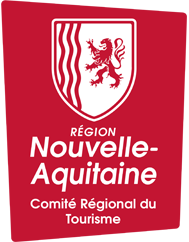Amazing fates
Aliénor d'Aquitaine (1122 - 1204)
Born around 1122, Eleanor was the daughter of William X of Aquitaine and Aenor of Châtellerault. In 1137, she inherited the whole of south-west France. At the age of 15, Eleanor was one of the most powerful lords in Europe. She was married to the future Louis VII in 1137. But the Duchy of Aquitaine remained separate from the Kingdom of France. Eleanor divorced her husband and 3 years later was openly courted at court by Henry Plantagenet.
by Henry Plantagenet, 10 years her junior and future King of England under the name of Henry II. They married in 1149. Eleanor gave birth to 8 children,
including 5 sons to Henry. At the age of over 50, Henry II had her locked up in the castle of Chinon castle. Prisoner for 16 years, she was not released from her captivity until her son Richard came to the throne in 1189.
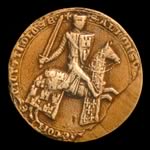 Alphonse de Poitiers (1220 - 1271)
Alphonse de Poitiers (1220 - 1271)
In 1249, on the death of Raymond VII, Alphonse de Poitiers, brother of St Louis, took possession of the County of Toulouse - as husband of Jeanne, Countess of Toulouse - as stipulated in the Treaty of Meaux. Alphonse de Poitiers, a wise administrator of the county of Toulouse, was to be the real promoter of the expansion of the bastides, until his death in 1271. His two main objectives were to affirm the Capetian authority in the South-West of France, whose limits had been revealed by the Cathar crisis, and to consolidate his hold on the county in the face of the Plantagenets who had been installed - as heirs to Eleanor of Aquitaine - in Bordeaux for a century.
Alphonse de Poitiers : http://bastidess.free.fr/ContexteHistoire.htm | Sceau ©Wikimedia
Théodore Joyeux (1865, Castillonnès - 1938, Paris) 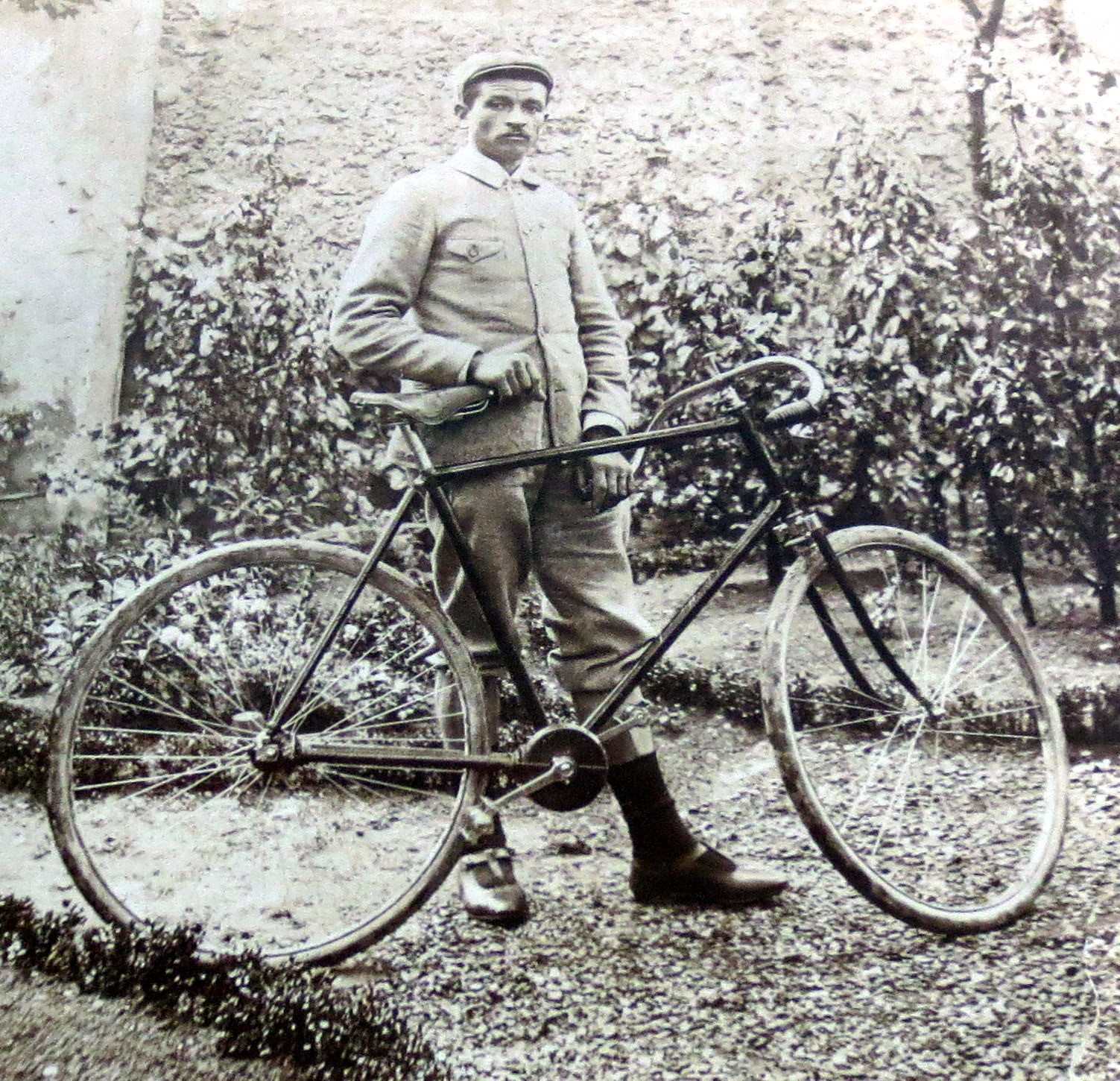
Théodore Joyeux was a hairdresser and opened his salon in 1887 in Castillonnès. At that time, when the bicycle was making its first turns, the young man began to train and participate in races organised in his region. In 1895, 8 years before the first edition of the Tour de France, he decided to ride the Grande Boucle solo. He set records for distances covered over 6 and 12 hours. A Parisian bicycle brand, Cycles Métropole, decided to sponsor him: Théodore Joyeux and his endurance became a superb means of promotion for the brand! In 1896, he set a new record by riding from Calais to Marseille in 63 hours, before tackling the Paris-Amsterdam race a few months later. He ended his sporting career at the age of 40 to take up the scissors of a hairdresser, then the management of a cinema.
Another cycling champion lives here today: Pierrick Fedrigo! He has won 4 stages of the Tour de France and several championships.
Théodore Joyeux : La Dépêche du Midi et Ouest France. Photo ©Histochronum
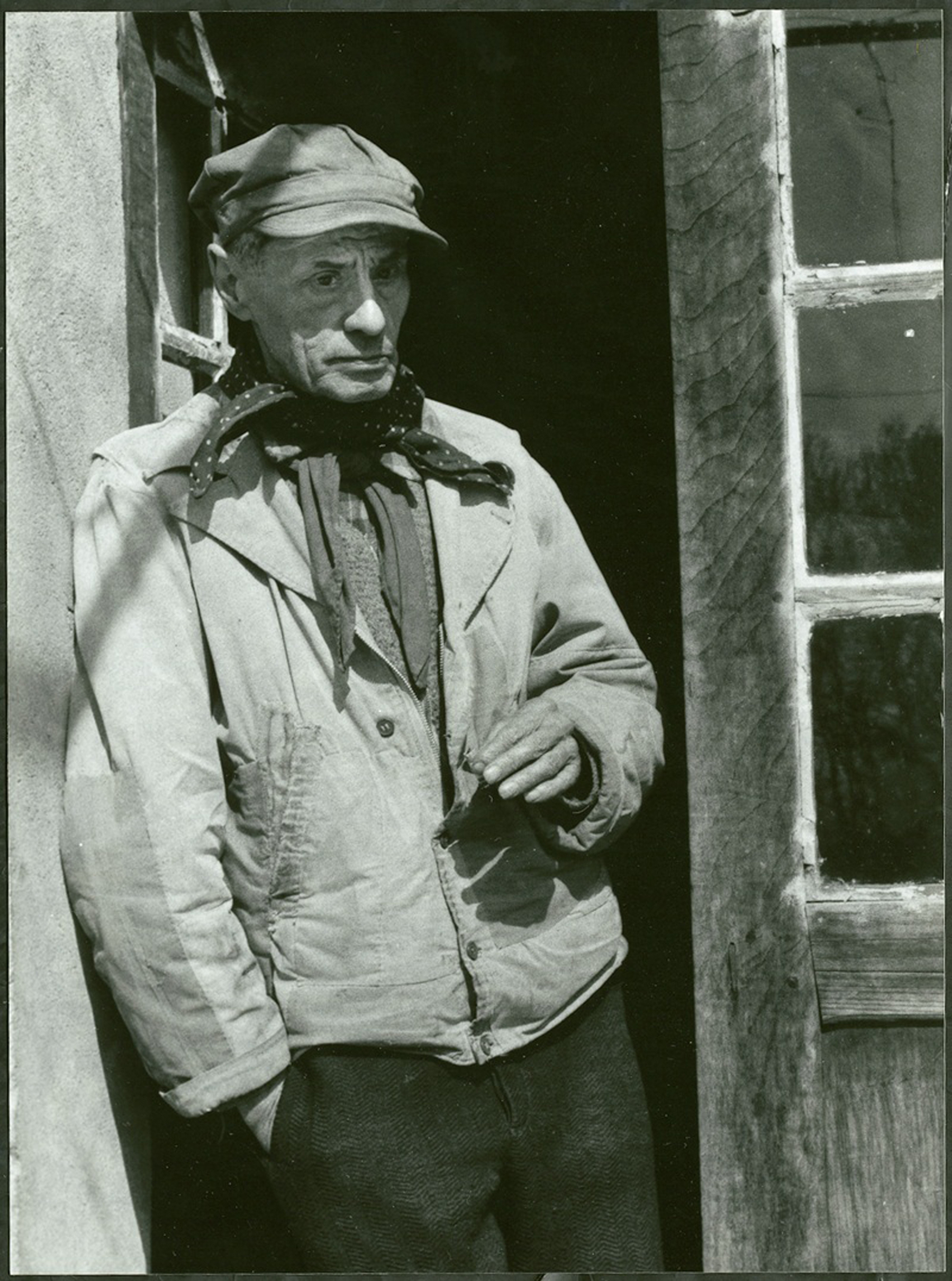 Roger Bissière (1886, Villeréal - 1964, Boissièrette)
Roger Bissière (1886, Villeréal - 1964, Boissièrette)
A "painter-peasant": such was Roger Bissière, the eldest of a generation of artists revealed too late after the Matisse and Picasso revolutions. He is considered a pioneer of non-figurative painting, called the New School of Paris. This marked the post-war period, despite the expansionism of the American art market. He created the stained glass windows of Metz Cathedral in 1958 and participated in numerous group and solo exhibitions at the Grand Palais and the International Exhibition of Arts and Techniques in Paris, receiving the Grand Prix National des Arts.
Roger Bissière : Mémoire de Villeréal, de Jean-Paul Epinette, édité par la Mairie de Villeréal, 2019. Photo ©Par Christ-schmitt — Travail personnel, CC BY-SA 4.0
Claude Pons (1932 - 2016)
A teacher who was highly respected by his pupils and parents, and a tireless activist in the community sector, he was the initiator of many events in the area: the Maison de la Vie rurale (a small museum telling the story of the countryside in days gone by - 1978), the community radio station Radio 4 de Villeréal (1983), the Maison des jeunes et de la culture de Monflanquin and its magazine Sous les Arcades (1965), and the Centre d'etudes des bastides (1983), of which he was a great organiser.
Georges Odo 1933 - 2020
After his professional life as headmaster of the French lycée in Casablanca (Morocco), Georges Odo and his wife came to Monflanquin to retire. A history buff, he immersed himself in the department's archives, but also in Paris to talk about the history of Monflanquin and the bastides, which he was able to put on a website long before this tool became widespread. He was an attentive and passionate historian of the Centre d'Etudes des Bastides. He was also heavily involved in the creation and development of the Musée des Bastides, with the help of museographer Michel Fersing.
Catherine Alcover (1946, Paris)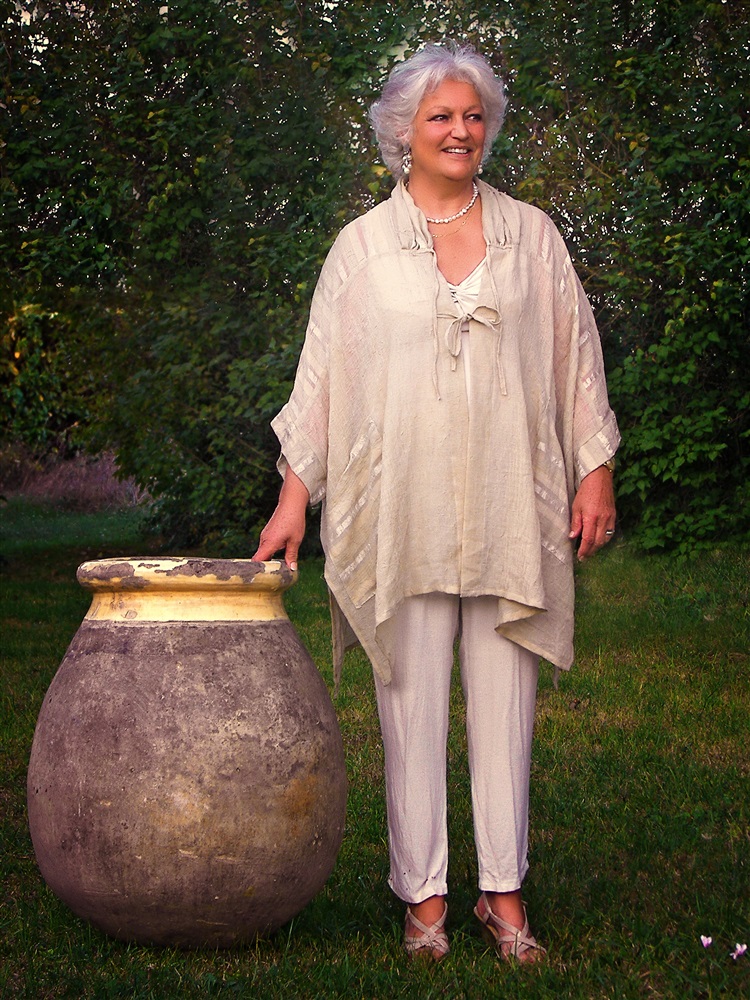
Catherine Alcover is the granddaughter of Pierre Alcover, a French actor, and Gabrielle Colonna-Romano, a student of Sarah Bernhardt and a member of the Comédie-Française. A director and actress, she studied at the Conservatoire National Supérieur d'Art Dramatique and has acted in over 80 films for cinema and television. In the theatre, she has played opposite some of the greatest actors, including Michel Serrault and Michel Galabru! Catherine Alcover created The Lady of Bayreuth at the Petit Théâtre de Paris in 1988. She is also the founder of the Piquemil theatre in Monflanquin where shows are organised every summer.
Catherine Alcover et photo ©Agence Derrieux
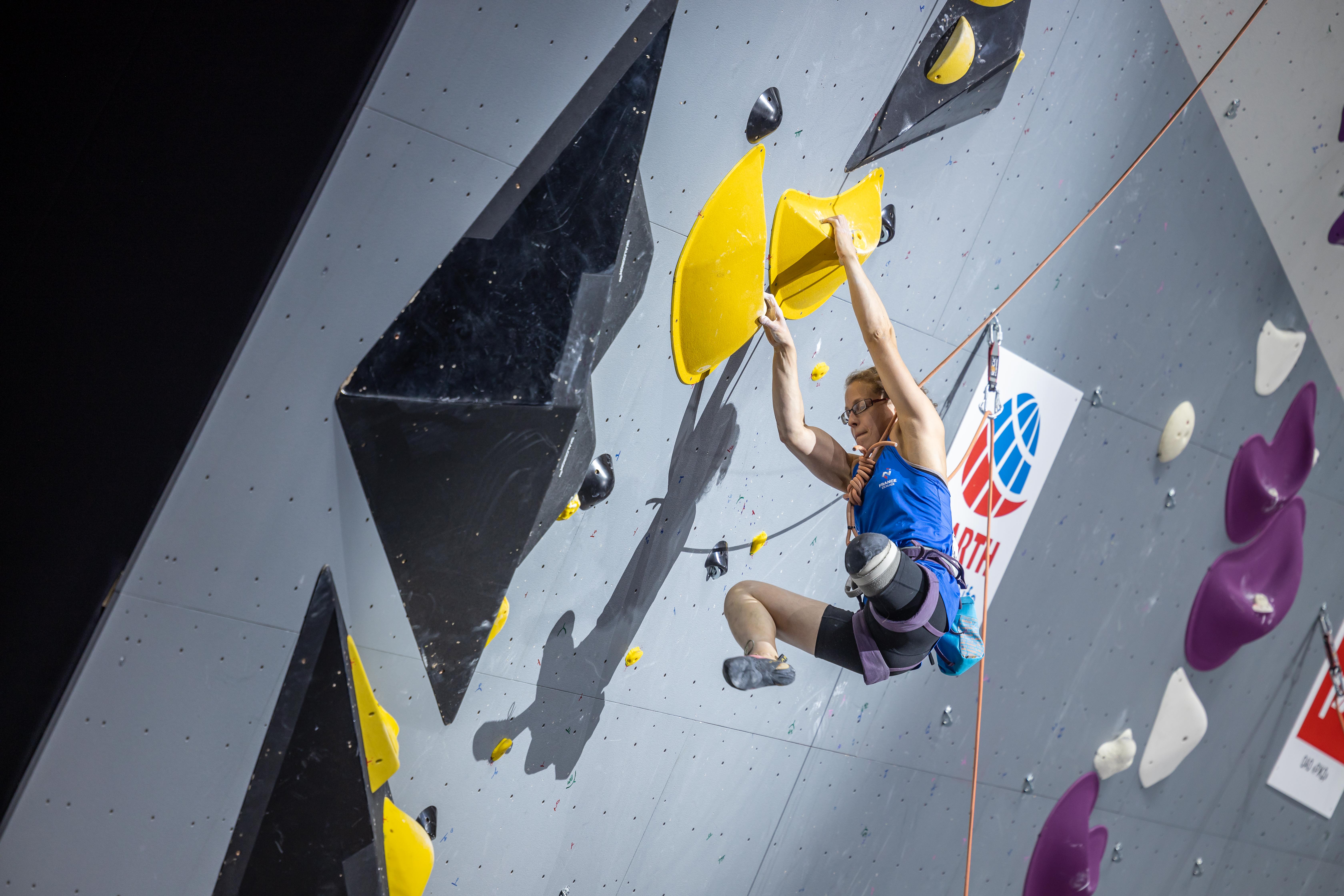 Lucie Jarrige (1990, Monflanquin)
Lucie Jarrige (1990, Monflanquin)
Lucie Jarrige is a chemist at the CNRS and a French climber in the AL2 disabled category. At the age of 15, cancer permanently deprived her of her left leg, but this did not prevent her from swimming competitively. Professionally, she was interested in pharmacy, then chemistry. She started climbing and participated in her first world championship only 3 years after discovering this sport. In 2017, she was awarded the L'Oréal-UNESCO For Women in Science scholarship for her thesis work.
Since 2020, she has been working at the École Nationale Supérieure de Chimie de Rennes (ENSCR). For the fourth time, she won the gold medal at the World Handicap Climbing Championships in Moscow in September 2021.
Lucie Jarrige : Actualités du CNRS, photo ©Lucie Jarrige



